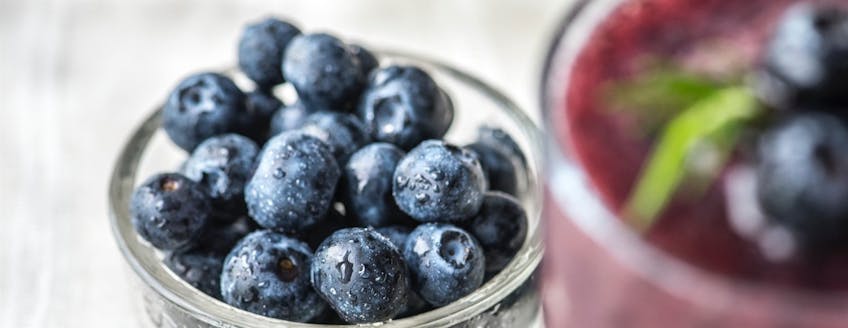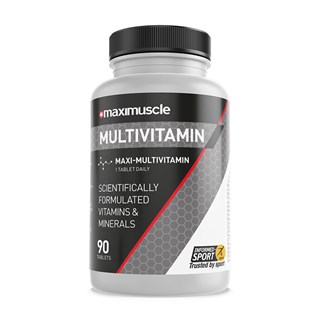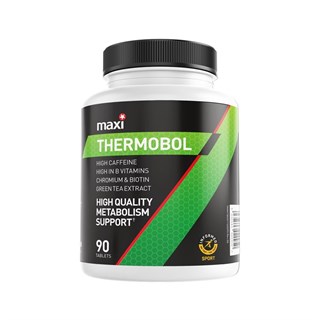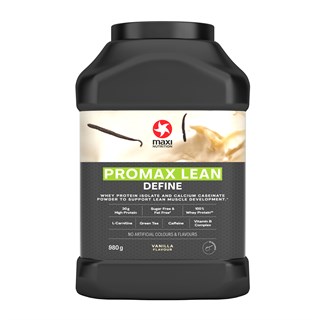Key Points
-
Micronutrients are the ‘magic wands’ for human health
-
The impact of free radicals and the importance of antioxidants
-
If their good for health, we must need more to support exercise - The potential antioxidants have on exercise
-
When to use and when not to use – that is the question.
What are Micronutrients
We are always talking about the macronutrients – carbs, fat and protein, but less is spoken about the essentially required micronutrients. Perhaps due to the fact that we only need them in small amounts, hence the name. As quoted by the WHO (World Health Organisation), Micronutrients are the ‘magic wands’, they enable the body to produce enzymes, hormones and other substances essential for proper growth and development.
Micronutrients have been becoming bigger in stature with wide spread supplementation, in particular the antioxidant claims being of specific interest for both health and exercise. But is there any truth in antioxidant supplementation for exercise support and performance?
The role of Antioxidants
We first need to discuss the presence of free radicals. You could think of free radicals a bit like young teenagers – free spirited, not really accountable and often causing trouble. In the chemical sense, free radicals are atoms, molecules or ions that have unpaired electrons, making them highly reactive. From an exercise sense, it’s the oxygen molecule that splits into single atoms with unpaired electrons. These electrons scavenge the body in search of other unpaired electrons, just like a teenager trying to make friends and form a gang. These unpaired atoms cause oxidative stress and damage to cells, proteins and DNA. Its worth noting however, that just like some teenagers, there are helpful ones. Free radicals are essential within the immune system as they float around and attack any foreign invaders.
Antioxidants and exercise
In the majority, free radicals and oxidative stress is considered a negative consequence to exercise and therefore justification for the prescription of antioxidants to neutralise the presence and potential damage. More recently, the negative opinion of free radicals has been re-examined, with a degree of acceptance, that certain free radical damage and oxidative stress, is actually required to promote training adaptations.
Seeing a training adaptation is one thing, but we also know that muscle fatigue, particularly during prolonged exercise, is partly the work of free radicals and oxidative stress. If we could then counteract this, potentially we could improve performance, or at least that’s the hope.
Periodise your antioxidants
What is certainly clear, is the role that antioxidants play in health and immunity. The old adage, “an apple a day, keeps the doctor away.” Is fundamentally founded on the micronutrients and two powerful antioxidants, vitamin A and C, contained in apples. Eating healthy is of course irrespective if you are an avid exerciser or not, but its still unclear as to whether added antioxidants are required to support exercise and performance.
By the very nature of training and becoming fitter, improves your defence against illness, but to date antioxidants do not seem to directly improve performance. The confusion comes when we take the effect of one thing and simply apply it to others. The tricky bit is that although exercise improves immunity and health in the long term; immediately following exercise, particularly if you have worked at a high intensity for a prolonged period, your immune response is significantly impaired.
Antioxidants should perhaps be considered as part of a periodised plan. For example, if your training plan has a period of high intensity, increase duration sessions, then perhaps antioxidant supplementation or antioxidant food focus will support any potential suppression, but during a strength phase in your training, then avoiding antioxidants and allowing your body the full training adaptation maybe more advantageous.
Where to get your antioxidants
Supplementation is of course one method, but we should always start with a food first approach, as food is more inclusive of the other micro and macronutrients. Here’s a list of antioxidant foods, based on the FRAP assay (ferric-reducing ability of plasma) and the ORAC assay (oxygeb radical absorbency capacity).
|
Foods and drinks |
Antioxidant content mmol / 100g |
|
Expresso |
14.2 |
|
Orange Juice |
0.64 |
|
Pecans |
8.5 |
|
Walnuts |
21.9 |
|
Bilberries |
48.3 |
|
Strawberries |
2.1 |
|
Apples |
0.4 |
|
Mint leaves |
116.4 |
|
Thyme |
56.4 |
|
Clove |
277.3 |
|
Beans |
0.8 |
|
Chestnuts |
4.7 |
(Adapted from www.ncbi.nlm.nih.gov/pmc/articles/PMC2841576/ Carlsen et al., 2010)
For more on how to shape a healthy diet, click here.



















